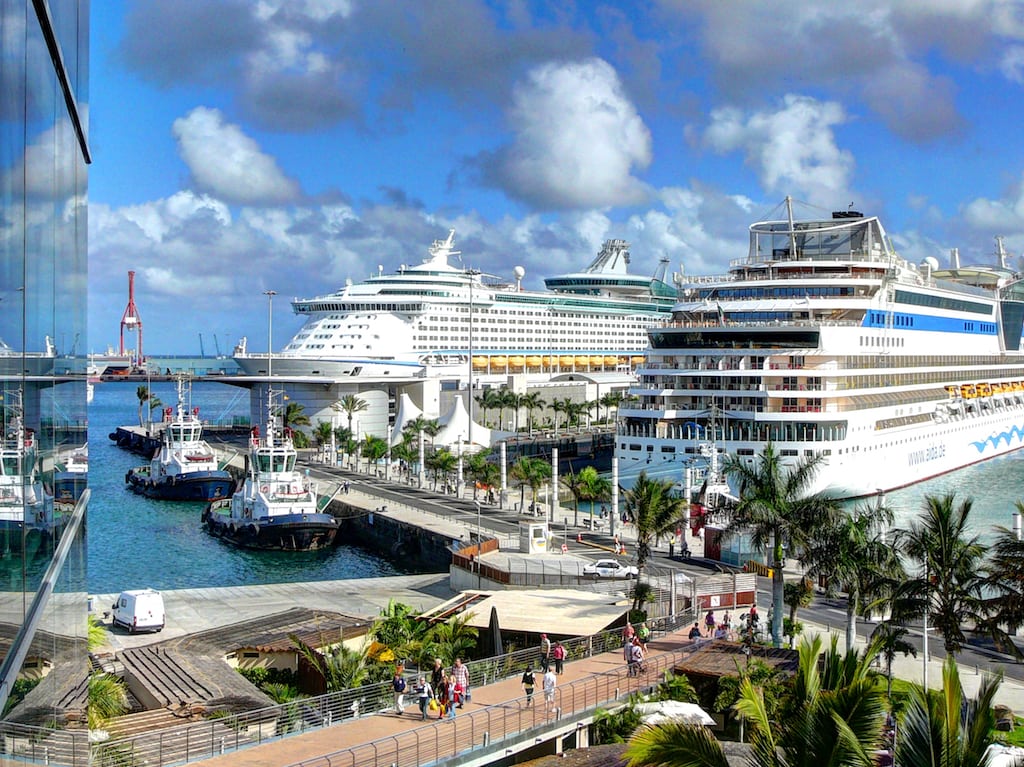Skift Take
Cruise lines make money when every cabin is occupied. They still have a lot of work to do in order to fill their new ships with higher-spending passengers.
One of cruising’s big challenges is simply getting potential vacationers to consider taking a cruise.
Deep discounts and incentives over the last few years have barely moved the needle, so cruise lines are looking to tap into emerging markets and new demographics.
Here’s what cruise executives told Skift in 2015 about the challenge of filling their ships and attracting the coveted new-to-cruise population.
Consumers don’t even think about cruising
“The strategy is how do you drive consideration, because the reality is that people take vacations. Here’s some facts about research. The average consumer debating on where to go on vacation will think about between two and three vacation types. When we ask what is the number one competitor for our brands, the beach, is one of the most considered types of vacations from the people we surveyed. So the beach is a competitor, not another brand, so the beach so the real competition. From there we need to get the right people on the right ship for the right experience. The number one barrier is people not even thinking about it.” -Josh Leibowitz, chief strategy officer of Carnival Corp.
China is the next big passenger source market
“It’s tough because most [Chinese] consumers have no clue what a cruise means. Most travel agents have no clue of how to sell it or why would they sell it. You don’t have a distribution system that reoriented itself to our category, like it happened in North America. Even in Europe where they didn’t reorient themselves around cruising in Europe, it went from a product that if it was sold at all, was exclusively sold on a few pages on some big tour operators brochure that very young people working in the retail shops would just hand you and if it happened, it happened. Cruising is understood there as a real vacation product now, and six million people are cruising in Europe now. It’s real.” – Adam Goldstein, COO of Royal Caribbean Cruises
River cruising is the next big thing for North Americans
“The demand [for river cruising] is so strong. The thing is that I’m not going overboard with too many ships, I continued during the recession years to grow the fleet and that’s what I’m still doing. I have a steady approach. Some of my partners would like do see even more ships, though. I’d rather have a tight inventory than have to go out and discount the ships. Our preferred travel agents partner really help us fill the ships.
“We’re seeing overall a decline in international bookings, pretty much around the globe, because many of the international travelers from Latin America or Asia book very late. But Americans book very early. So there’s no space available for these international travelers. The demand from North America, especially the U.S. with the strong dollar, has been quite high for the last three or four years.” – Rudi Schreiner, CEO of AmaWaterways
Millennials are North American cruising’s next frontier
“If you look at how [millennials] make vacation decisions, destination is king. Maturing millennials in their late 20s and early 30s are looking for great experiences they can brag about on social media. We want to give a preview of what you can look forward to posting on Facebook or Instagram.” – Jim Berra, CMO of Royal Caribbean International
The Daily Newsletter
Our daily coverage of the global travel industry. Written by editors and analysts from across Skift’s brands.
Have a confidential tip for Skift? Get in touch
Tags: carnival, river cruise, royal caribbean
Photo credit: Cruise ships in port at Las Palmas. Cycling man / Flickr
